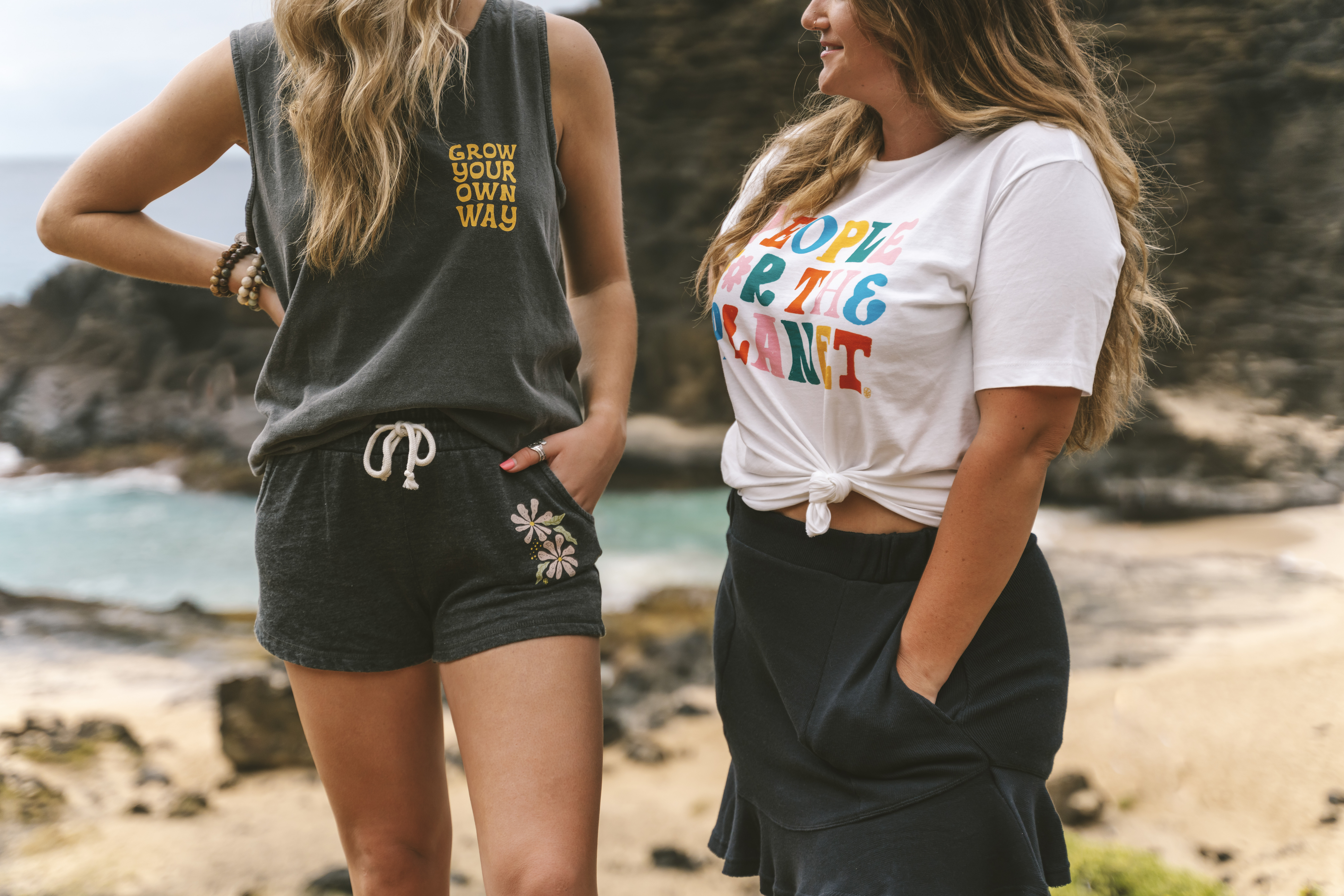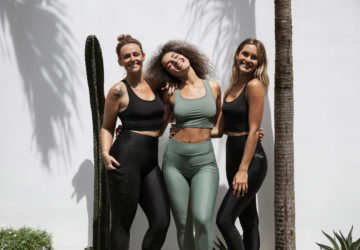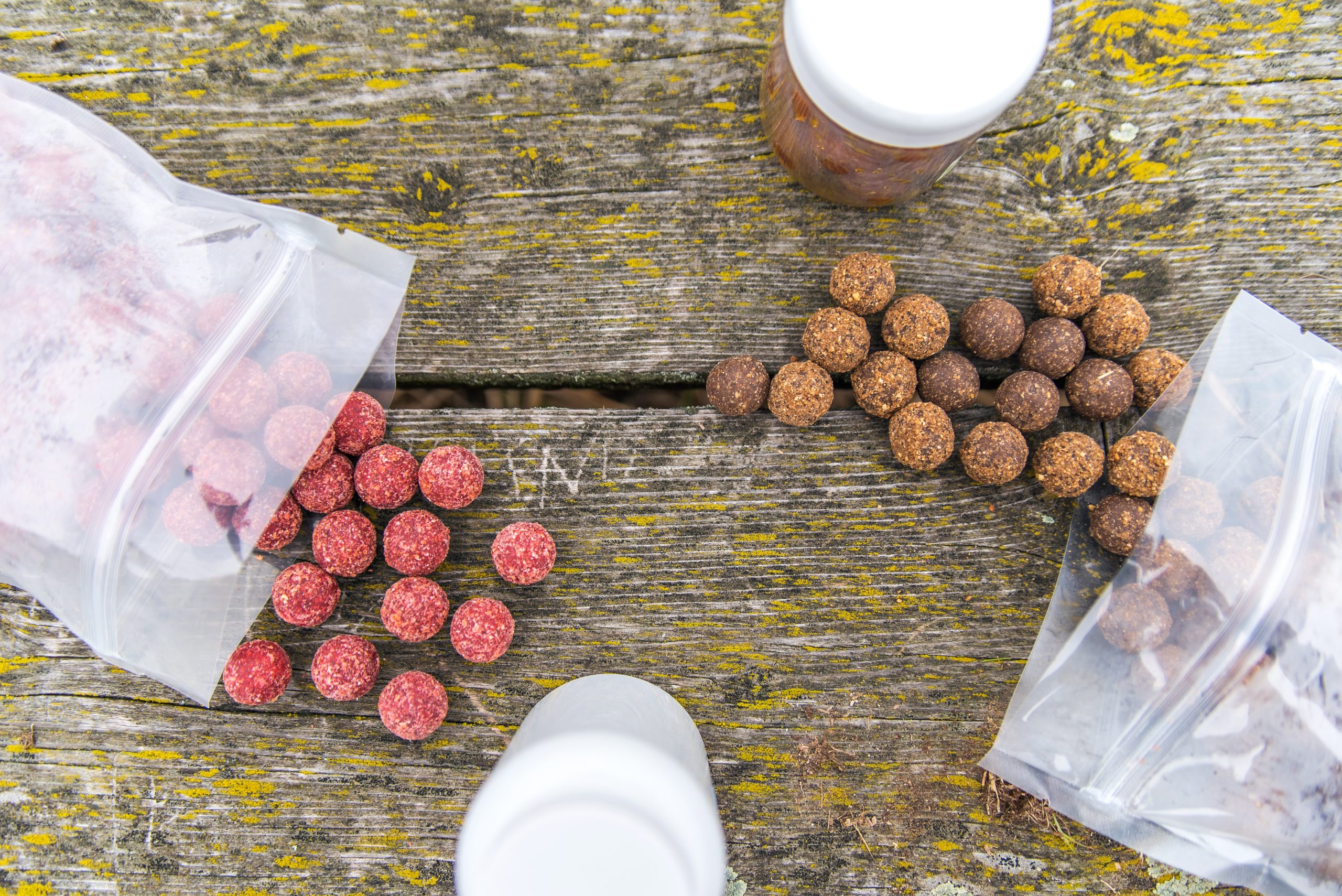7 types of plastic to watch for – and how to recycle it (or avoid it)
Have you ever looked at plastic packaging and noticed a little number? If you haven’t now you will!
It’s usually in the middle of triangular arrows that resemble a recycling symbol (but don’t be fooled, just because there’s a triangle doesn’t mean it’s necessarily recyclable).
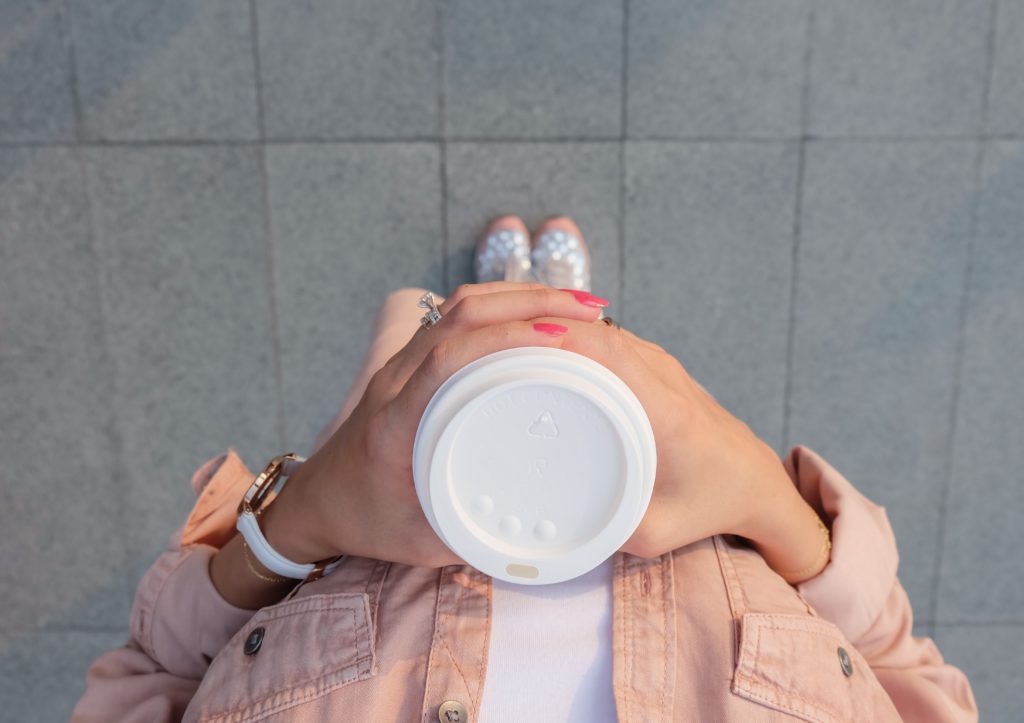
Turns out, these numbers indicate what kind of plastic it is. Yep — plastic comes in lots of different forms, some worse than others. And even though we write A LOT about ways to reduce your plastic usage — it still has a way of creeping up in our lives (read more on that, here).
So here’s a rundown of seven different types of common plastics. That way you can know what you’re dealing with and how best to handle it.
Here are 7 different types to put on your eco-radar
1: PET
If you see a 1 on plastic, that means it’s polyethylene terephthalate. Try to say that three times fast! It’s generally a firmer plastic that’s often used for water bottles and soft drinks.
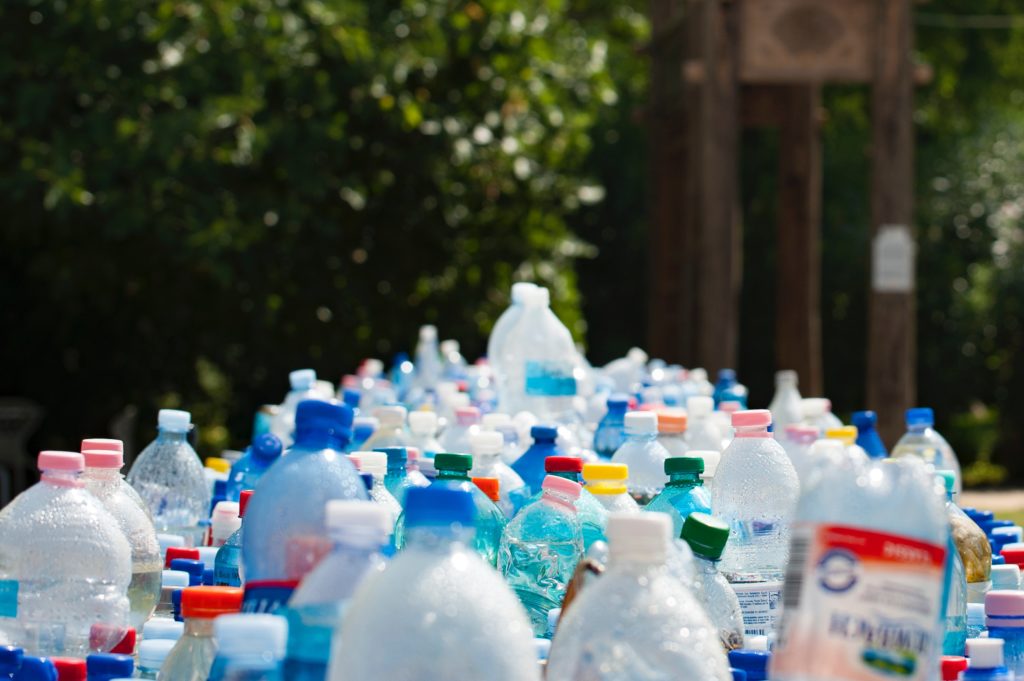
While it’s usually easier to recycle than other plastics, some evidence shows it may leach potential carcinogens, particularly when it gets hot. So, if you can’t avoid using it, be mindful to keep it out of the sun to be proactive about your health and remember to recycle it properly.
Tip: Rinse your bottle before tossing it to ensure it gets recycled. Just a quick swish!
2: HDPE
High-density polyethylene is a harder plastic used for everything from detergent jugs and medicine bottles to hard hats and household products.
Even though we’re not fans of plastic, of all the plastics this one is known to be on the safer side (health wise) and is generally easier to recycle than others.
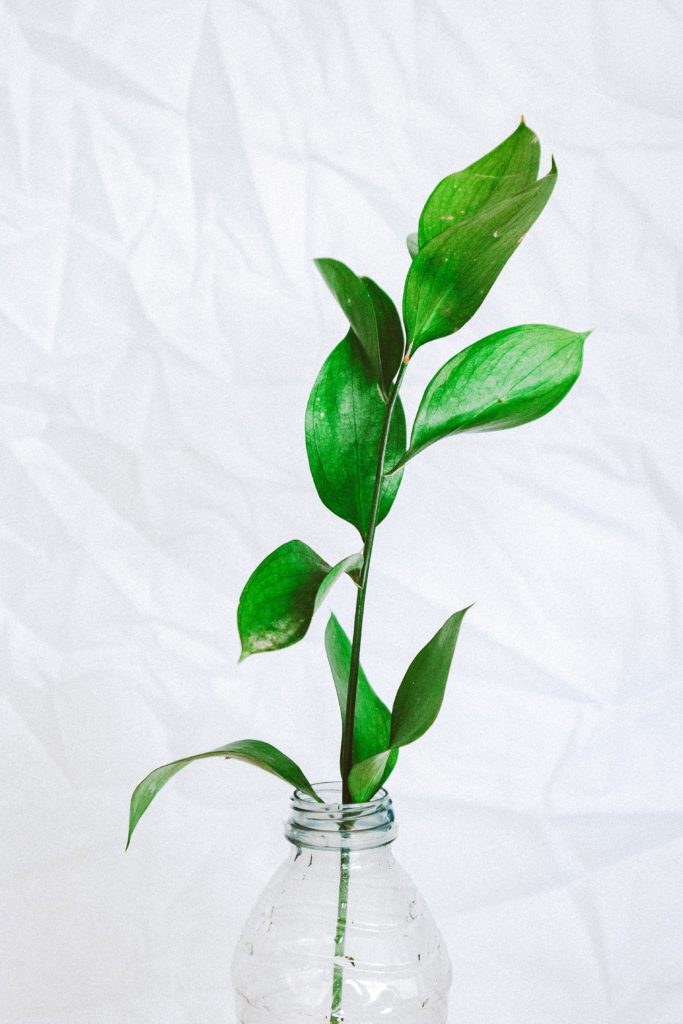
Tip: Make the best of old plastic laundry jugs and turn them into planters!
3: PVC
Polyvinyl chloride is used in things like shower curtains, cling wrap, and pipes (pretty big variety). And it’s one of those sneaky plastics that often goes unlabelled, which is a real problem because it’s also one of the most potentially hazardous plastics.
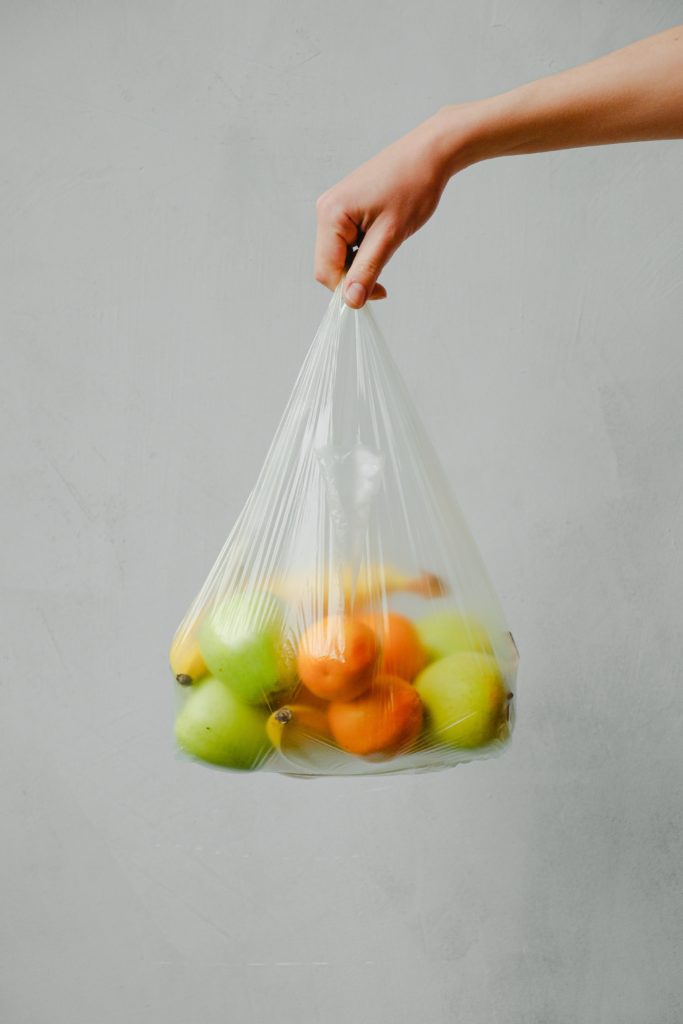
It can leach chemicals such as chlorine and phthalates, both of which are known reproductive toxins. The CDC states that additional research is needed to assess the human health effects exposure of phthalates, but if you ask us — we’d rather not risk it.
And another problem with PVC is that it’s recyclable, yet rarely accepted at most locations (odd but true). So it’s ideal to do your research and avoid PVC as much as possible — for your health and for the planet.

Tip: Hemp or organic cotton shower curtains are awesome eco-friendly alternatives. We like this one from Althea.
4: LDP
We’ve all likely dealt with LDP (Low-density polyethylene) because it’s the type used to make the classic plastic grocery bag. It’s also used for bagging breads, dry cleaning, newspapers, and garbage (to name a few).
LDP is generally considered safe for humans, but it’s super pesky in terms of recycling. Why? It can get caught in sorting equipment and even cause safety issues. And some curbside pick-up recycling programs don’t accept LDP plastic bags — so give your trash bags a gander to make sure you’re in compliance with the standards of your local facility.
Tip: Use reusable bags instead like our Small Acts Multiplied By Millions Can Transform This World tote.
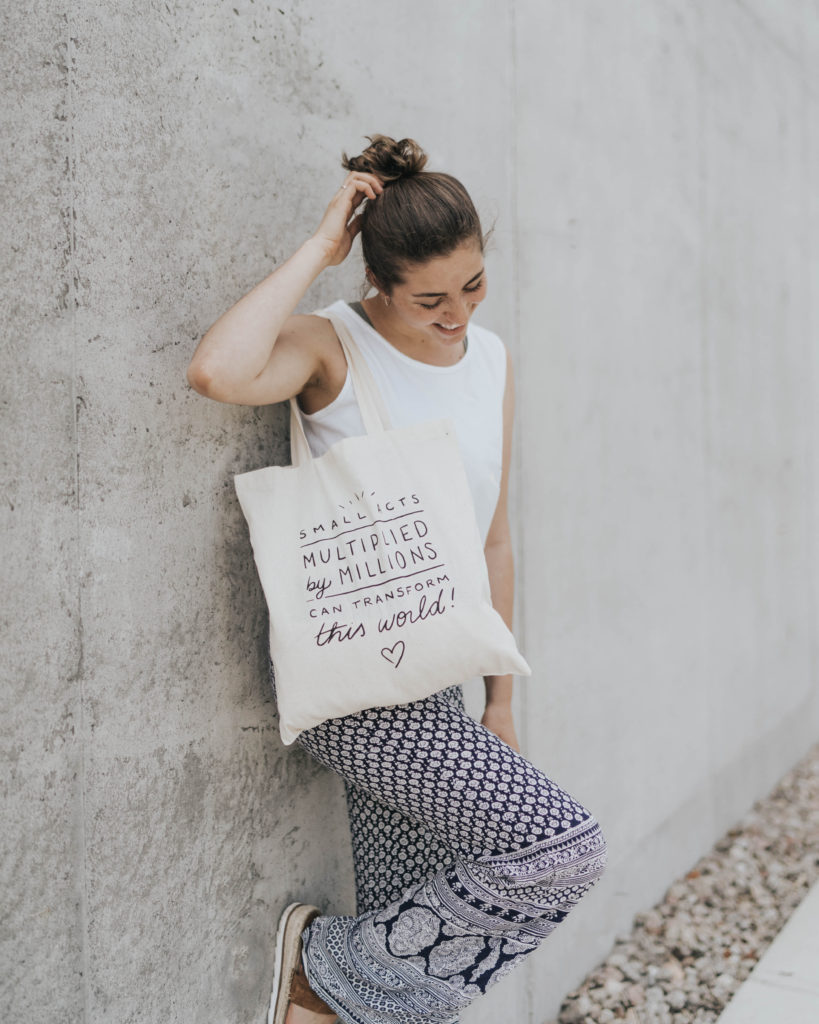
5: PP
If you’ve forgotten your reusable mug at Starbucks (we’ve all been there), you’ve likely sipped on a hot drink with a plastic lid made of Polypropylene. It’s also used in many food storage containers, disposable diapers, and tampons.
Generally recyclable and heat-resistant, PP plastics are not the worst for the planet or our health. But we still totally prefer our reusable Live Gently Upon This Earth mug (all day, every day).
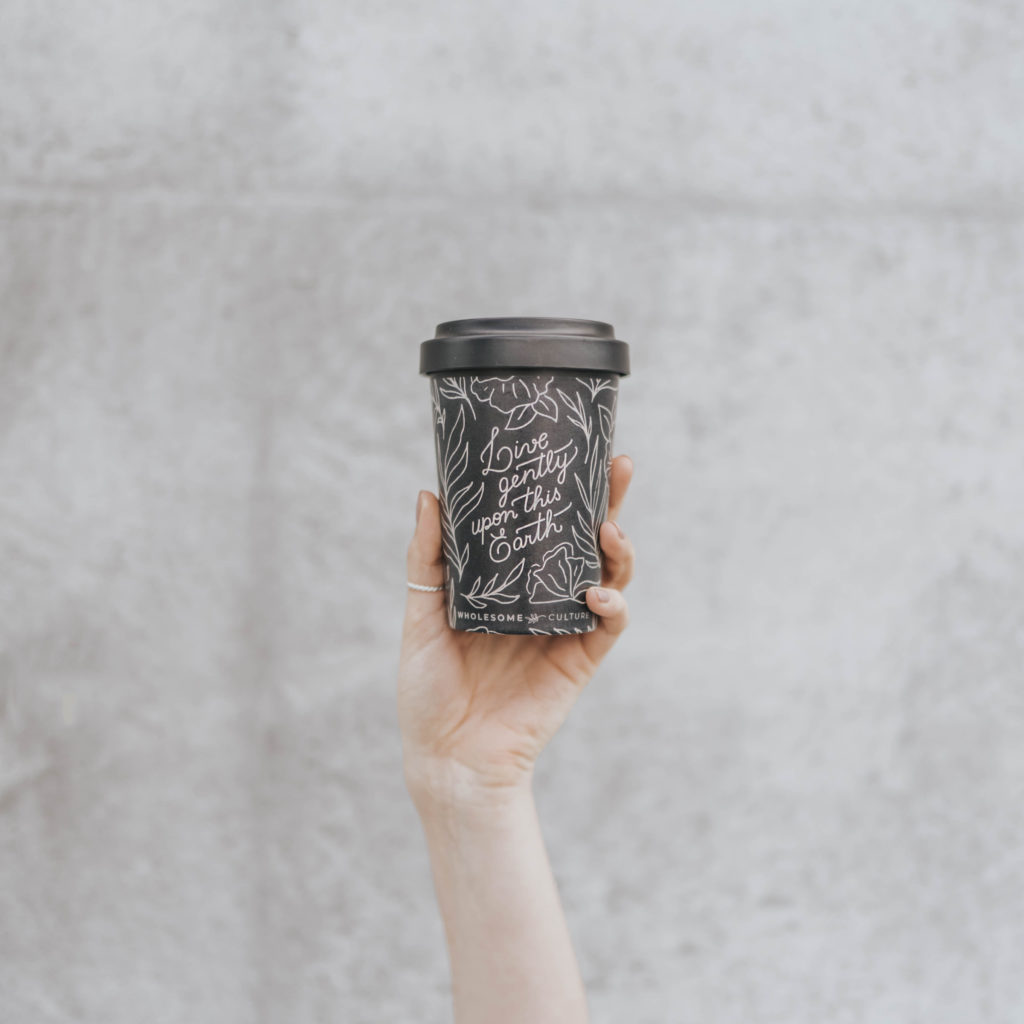
Tip: Want to learn all the creative ways to package your food without plastic? Check out this post for plastic-free ways to store literally everything you eat.
6: PS
Polystyrene is the fancy word for foam or styrofoam. It’s often used for egg cartons, packing materials, takeout containers, and a bunch of other things that sometimes don’t even look like foam (yogurt containers, electronics, and car parts).

Chances are you know that styrofoam is less than ideal for the planet, as it’s difficult to recycle and it often leaks to marine environments + contaminates water. The material is even banned in New York City.
Oh, and it has been shown to leach toxins and styrene, which has been linked to eye irritation, gastrointestinal effects, and impacts on the central nervous system (headaches, fatigue, and depression). Eek.
Tip: Put your recycling knowledge to the test and take our quiz!
7: OTHER
Everything that’s not 1-6 falls into this “other” category. As for the general safety of this plastic, it’s hard to tell because it’s such a catch-all group. And like styrofoam and PVC, the plastic is difficult to recycle.
Tip: Check out these 21 super easy eco-friendly swaps to cleanse your life of unnecessary plastic!
THE BIG TAKEAWAY
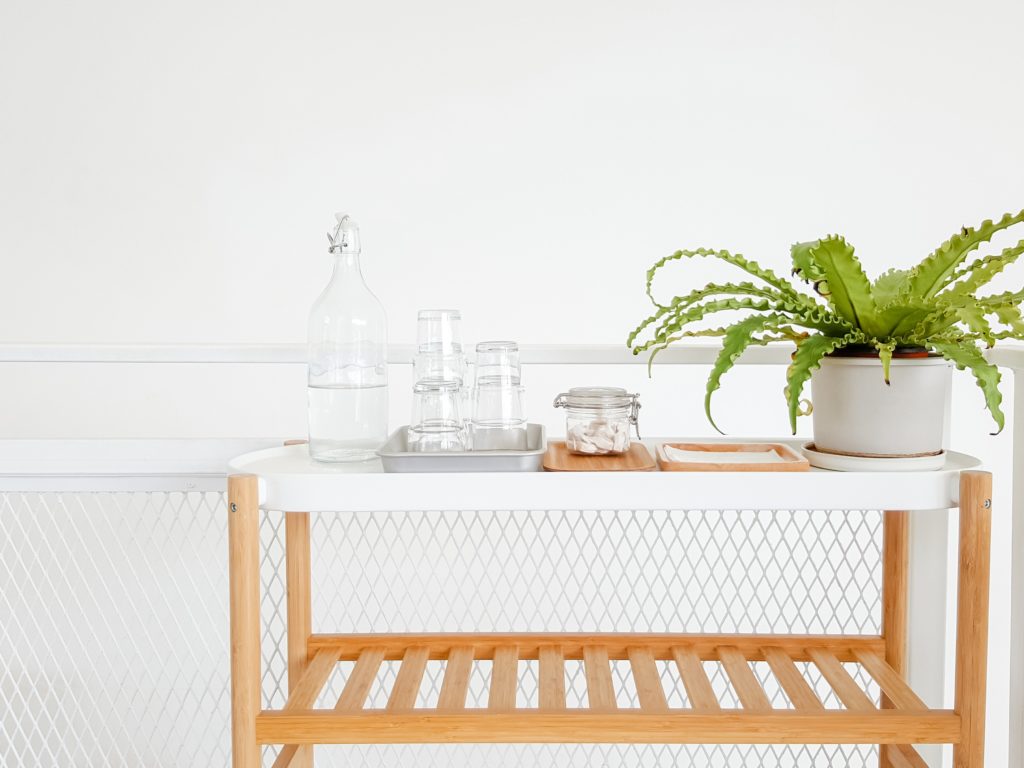
*If you see a 1, 2 or 5 — there’s a good chance the plastic will be easier to recycle compared to plastic with a 3, 4, 6, or 7.*
And we know our Wholesome Culture fam is full of lots of green goddesses, but plastic-free perfection doesn’t happen overnight. So, be easy on yourself and celebrate all the small changes you make. Little by little.
Are you all about living an eco-friendly lifestyle? You’re in the right place! We think you’d like these posts:
- Zero waste: How to reuse 5 everyday items like a boss
- Eco-friendly on a budget: everything you can do to help the planet without spending a penny
- 21 Easy ways to make Earth Day every day

